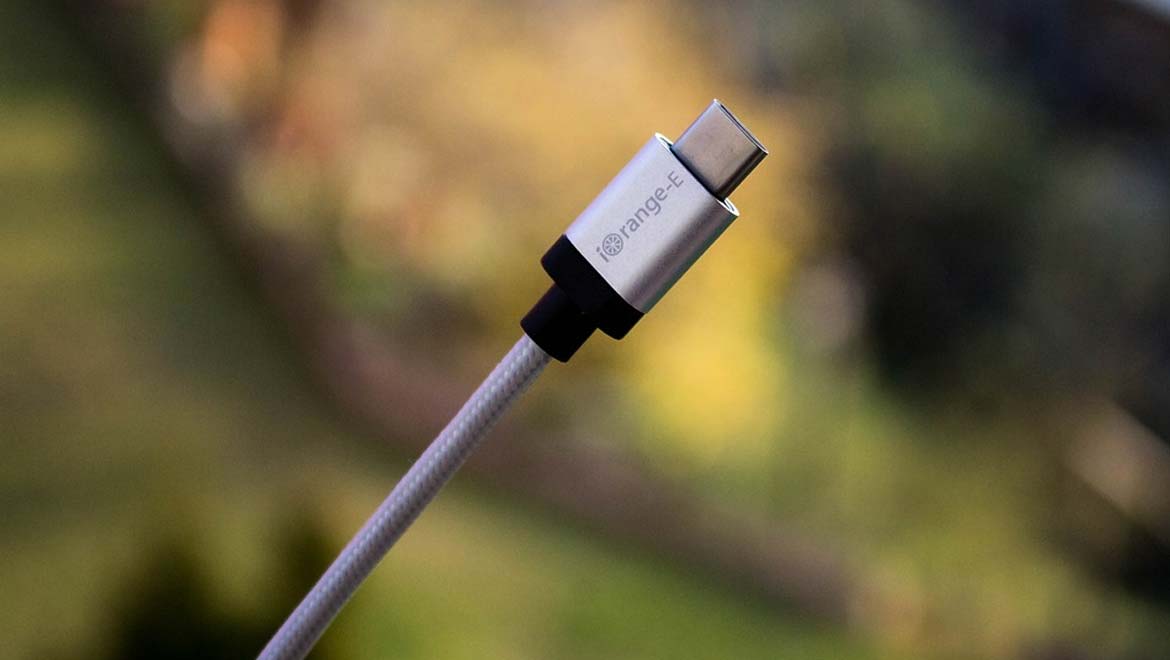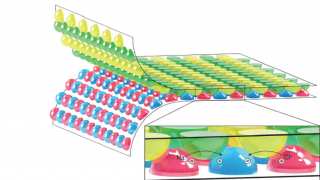Intel introduced the new version of Thunderbolt technology at the Computex Taipei 2015, and it seems to be the new trend in the peripheral connection market, as the big computer industry has already adopted it on a large scale.
Thunderbolt™ 3 Technology
Thunderbolt™ 3 is considered to mark the biggest advancement since the technology's inception. Combining the speed of 40Gbps with all the benefits of a USB-C connector, Thunderbolt 3 creates one compact port that does it all – delivering the fastest and most versatile connection to any dock, display, or data device. The USB-C connector and the small and reversible cables support bi-directional audio and video data transfer (dual-protocol), ensuring lowest audio latency through 4 lanes of PCI Express Gen and supporting two 4K displays (4096 x 2160 30bpp @ 60 Hz) through the 8 lanes of DisplayPort 1.2 (HBR2 and MST). A 10 Gb Ethernet connection ensures connection between computers, while the USB power delivery provides up to 100W system charging and 15W to bus-powered devices.
Fast Market Adoption
Although Intel initially announced that the technology would be on the market by the end of 2015, it seems that demand pushed it to move faster. By the end of October 2015, GIGABYTE already announced the adoption of Intel® Thunderbolt™ 3 for its GA-Z170X-Gaming G1, GT and 7 motherboards. The users that already had these motherboards only needed to download and install an updated version of the firmware from GIGABYTE’s website to enable the Thunderbolt™ 3 support.
At the same time, Dell introduced the new XPS products to the market, with the XPS 13 being the smallest 13-inch laptop on the planet with a virtually borderless InfinityEdge display and improved performance.
At the beginning of November 2015, StartTech, a leading manufacturer of hard-to-find connectivity parts, announced the release of a new line of USB-C solutions, taking into account the highly anticipated launch of a full suite of products supporting the new Thunderbolt™ 3.
Furthermore, recently announced notebooks are expected to reach the market by the end of February 2016:
- Aspire Switch 12S, Acer’s 2-in-1 award-winning notebook, is marketed as the ideal flexible portable device for anyone who would like to combine work and leisure at the same time. The Aspire Switch 12 S features Thunderbolt™ 3 on USB-C for ultra-fast charging, data and video streaming between devices or to an external HD display (up to two 4K models simultaneously), and, for more powerful graphics, to connect an optional Acer Graphics Dock.
- The Razer Blade Stealth, produced by Razer™, a world leader in connected devices and software for gamers, provides premium configurations at competitive price. The very thin and very light Razer Blade Stealth measures just 0.52 inches (1.32 cm) in width and weighs just 2.75 pounds (1.25 Kg). The relay on Thunderbolt™ 3 USB-C port provides remarkable connectivity at speeds of up to 40 Gbps to any dock, display or data device.
- The HP EliteBook Folio, the thinnest and lightest notebook ever designed by HP Inc, is a 12.5-inch diagonal notebook, has a 180-degree piano hinge, allowing the device to open completely flat, giving users greater flexibility. For fast data transfers and video performance (4K displays) the EliteBook Folio is equipped with two Thunderbolt™ 3 USB-C™ ports.
Looking at the extremely fast adoption of the Thunderbolt™ 3 technology by the manufacturing industry, and the way it has changed computing performance, we fully agree that this is one of the biggest technology advancements.







No comment